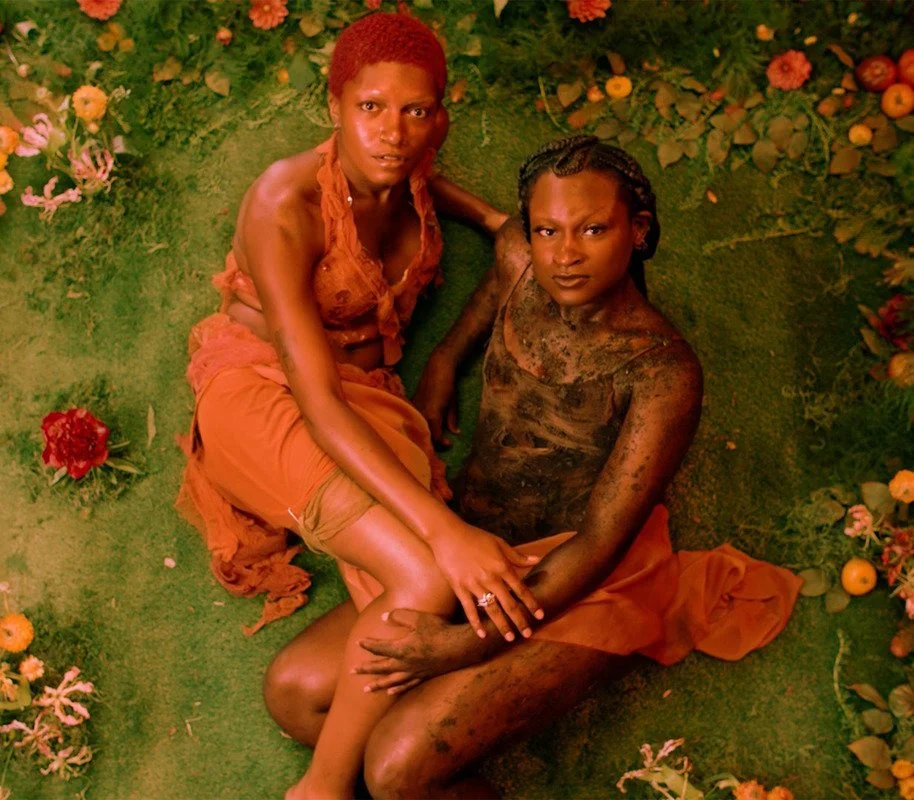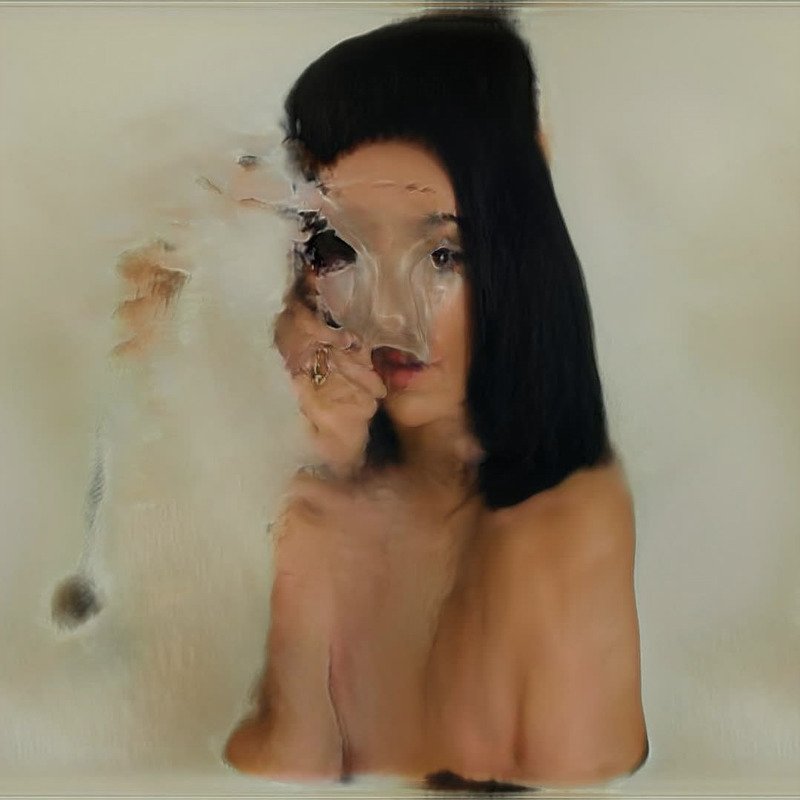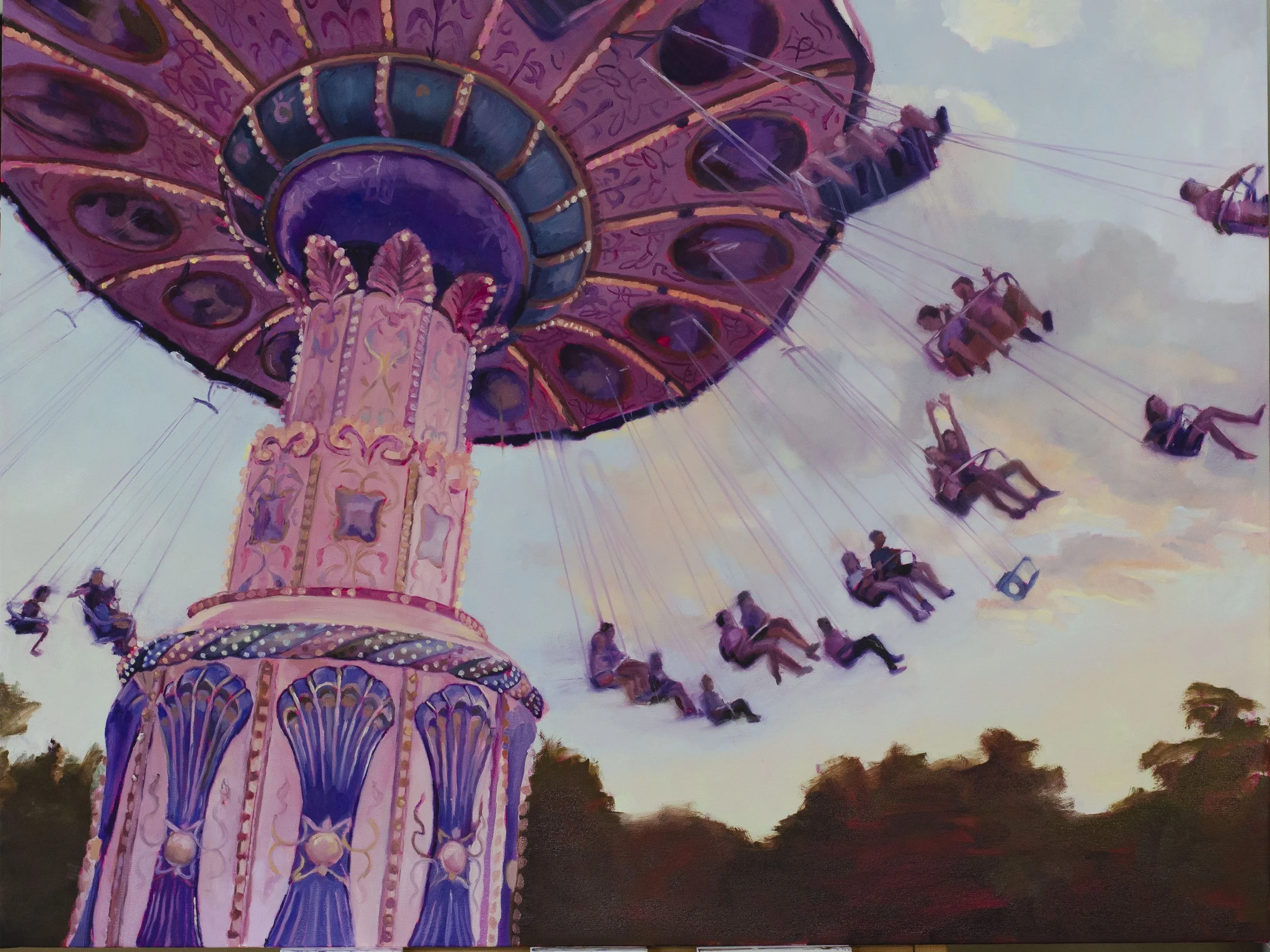The Whitney Biennial
“Even Better Than the Real Thing”
Whitney Museum of American Art
New York, 99 Gansevoort Street
Even Better Than the Real Thing presents the work of a multigenerational group of 71 artists and collectives working across media and disciplines to examine various throughlines that reflect the precarity of the past two years. The exhibition questions contemporary notions of reality and authenticity and acknowledges that society is at a critical inflection point influenced by the past, salient to the present, and imperative to the future.
The 2024 Whitney Biennial examines rapidly advancing technologies and machine learning tools. Artists Holly Herndon and Mat Dryhurst present work that is part of a project focused on training the data behind AI models, with the hope that AI can be used in creative, even liberating ways. Herndon and Dryhurst’s work will be presented in the galleries and via a text-to-image AI program on artport, the Whitney's portal for Internet art and online gallery space for net art commissions.
Debit, cover for The Long Count, 2022
The body and subjectivity as it pertains to queer identity, body sovereignty, motherhood, the aging body, and the trans body is a critical throughline of the 2024 Whitney Biennial. Carmen Winant’s work consists of 2,500 prints assembled to form a collective portrait of the ordinary, 2daily tasks required to provide abortion health care—a project that became much more urgent with the overturning of Roe v. Wade in 2022. In conceiving the work, Winant worked across the Midwest and the South with the archives of special collections, university hospitals, and predominantly clinics in order to collect photographs of staff, physicians, and volunteers taken over a 50-year period. Mary Kelly will be presenting part of the final project of her career at the 2024 Biennial. The work titled Lacunae (2023), meaning blank spaces or missing parts, starts with the calendar. She uses this calendar as a framework to document her own aging and the passing of friends and loved ones and invites viewers to reflect on materiality as well as the body and its final passage or transformation. For Jes Fan, the body is a site of making. The four sculptures presented were created from 3D-printed CAT scans of the artist’s own body. In these sculptures, injury becomes an allegory of an interior state of being, suggesting that something precious might be generated by invisible wounds borne by queer bodies and bodies of color. On the Museum’s third floor, artist Pippa Garner presents an installation that references the ubiquity of mass-produced consumer goods and the ways that the marketing and design of these goods imply human-like qualities, such as personality and gender. The “impossible inventions” presented in the gallery adopt an almost “mad scientist” approach to the oddity of anthropomorphizing manufactured goods, imagining fantastical second lives for objects that have become obsolete. Some of the works reflect on the artist’s transition—or genderhacking, as she refers to it—which she began at the end of the 1980s.
Material agency and the use of unstable media is a throughline that several artists employ and will result in some works in the 2024 Whitney Biennial changing over time. Suzanne Jackson’s translucent paintings hang in space, suspended without canvas or visible support; the paint becomes an armature for itself. Made from acrylic paint applied in layers, each work is malleable and moves, changing shape over time. Lotus L. Kang presents a major installation that immerses viewers in a world situated between inside and outside, life and regeneration, and emptiness and fullness, suggesting a constant state of transformation. The installation consists of photographic films unfurling from steel joists suspended from the ceiling and a series of floor sculptures made of tatami mattresses and cast aluminum objects. The materials are industrial, portable, modular, and open to change. The installation will be exposed to sunlight throughout the run of the Biennial, which will cause the exposed film to undergo a “tanning” process and change color. Kang likens the film surface to skin and brings the material back to ideas of the body, particularly its porous relationship with environments. By doing this, the artist hints at an unfixed understanding of one’s body, diasporic identity, and the processes of memory.







